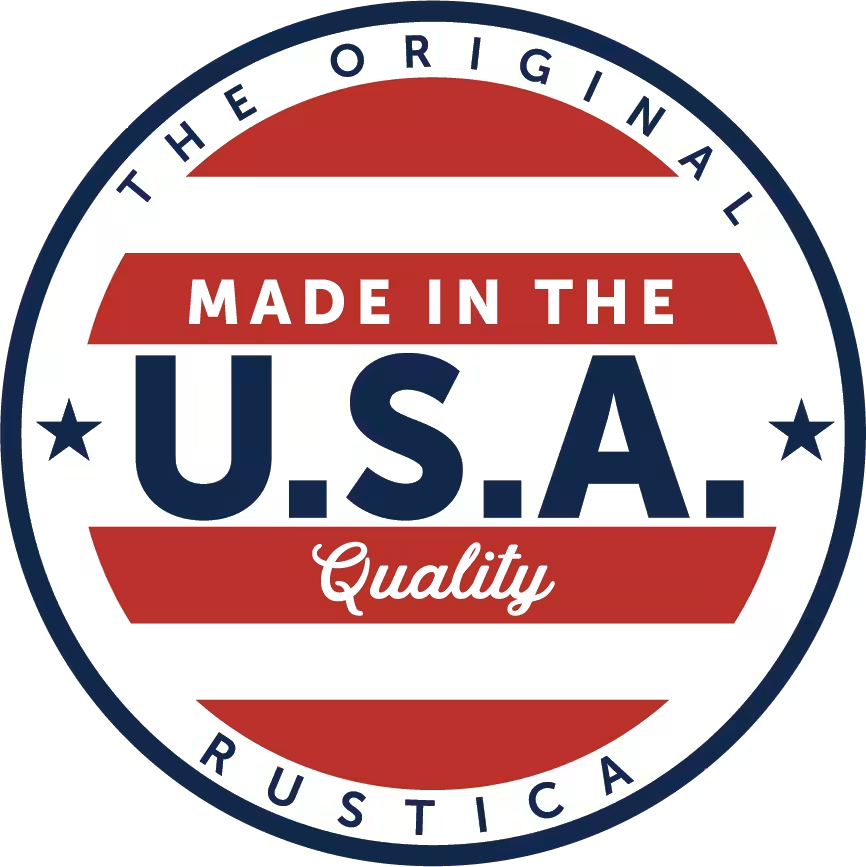How to Fix a Squeaky Door
- Inspect Door
- Gather Tools
- Lubricate Hinges
- Remove Hinge Pins
- Clean Hinge Pins
- Lubricate Hinge Pins
- Reinstall Hinge Pins
- Replace Hinges
How to Fix a Squeaky Door
If you have a squeaky door, follow these eight steps to fix the screech and restore the peace in your home:1. Inspect Door
Before jumping into the repair, it’s important to locate the source of the squeaky door. While the door hinges are the most likely culprit, the squeaking could also be caused by the door rubbing against the door jamb.2. Gather Tools
Now that you’ve fully inspected the door, it’s time to gather your tools to fix it. You probably won’t need all of these tools—it depends on what is causing your door to squeak. As such, use the materials listed in each step before moving on to the next.- Household cleaning solution
- Damp rag or paper towel
- Steel wool (optional)
- Hinge lubricant (options listed below)
- Hammer
- Large nail or small screwdriver
- Pliers (if necessary)
- Cotton swabs
- Book or something to proper the door up (if necessary)
- Replacement hinges (if necessary)
3. Lubricate Hinges
Before adding a door hinge lubricant, you’ll want to wipe down the surface of your hinges with a cleaning solution and paper towel or rag. This will clear away any dirt or debris contributing to your squeaky hinge.4. Remove Hinge Pins
In some cases, your hinges are squeaky due to dirt and debris inside the hinge. The friction caused by the inner debris can create a squeaking noise. To solve this problem, you’ll need to remove the hinge pin. The door should be closed when you remove the hinge pin.5. Clean Hinge Pins
After you remove the hinge pin, it’s time to clean both the hinge pins and the inside chamber of the hinge. And, while you’re at it, you might as well remove and clean all of the hinge pins on your door. Even if the other hinges aren’t squeaking, it’s an opportunity to clean and maintain your door, which prevents hinge squeaking in the future. That said, you’ll want to remove and clean one hinge at a time so the door doesn’t fall off.If you pull out a lot of dirt or debris while cleaning, you may have found the culprit of your squeaking problem.
6. Lubricate Hinge Pins
Before reinstalling the hinge pins, you’ll want to fully lubricate the pin and the metal hinge using the lubricant of your choice.7. Reinstall Hinge Pins
Now that you’ve lubricated your hinge pin, it’s time to put it back into the hinge. Make sure your door is closed and all the hinge knuckles are perfectly aligned.8. Replace Hinges
If you’ve tried every step and your door is still squeaking, the next step is to replace the hinges entirely. Signs that you need to replace your hinges include rust, corrosion, and damaged or bent hinges.What is the Best Lubricant for Door Hinges?
While it’s normal to want to reach for WD-40 to lubricate your hinges, it actually isn’t the best solution. Instead, you can use any of the following options:Top Lubricants to Stop a Squeaky Door
- Olive oil or Cooking Oil
- Petroleum Jelly
- Dish Soap
- Bar Soap
- Hairspray
- Paraffin Candles
- GT85
- Silicone Spray
- Lithium Grease
Is WD-40 Good for Squeaky Hinges?
WD-40 is what we always reach for whenever something needs to be lubricated or cleaned. As such, it’s normal to think it’s the best solution for your squeaky hinges. While WD-40 will provide short-term relief, it isn’t the best long-term solution for a squeaking door hinge.Stop Squeaky-Doors for Good
The sound of squeaky doors is mildly annoying at best and downright maddening at worst. To maintain your sanity, it’s best to address a squeaky door as soon as you hear it.Now that you know the steps to take and the materials you need, you can fix any squeaky door quickly and effectively. Remember, to prevent future squeaky hinges, routinely clean and lubricate your hinges and replace them when necessary. This regular maintenance will keep your doors operating smoothly and quietly.







